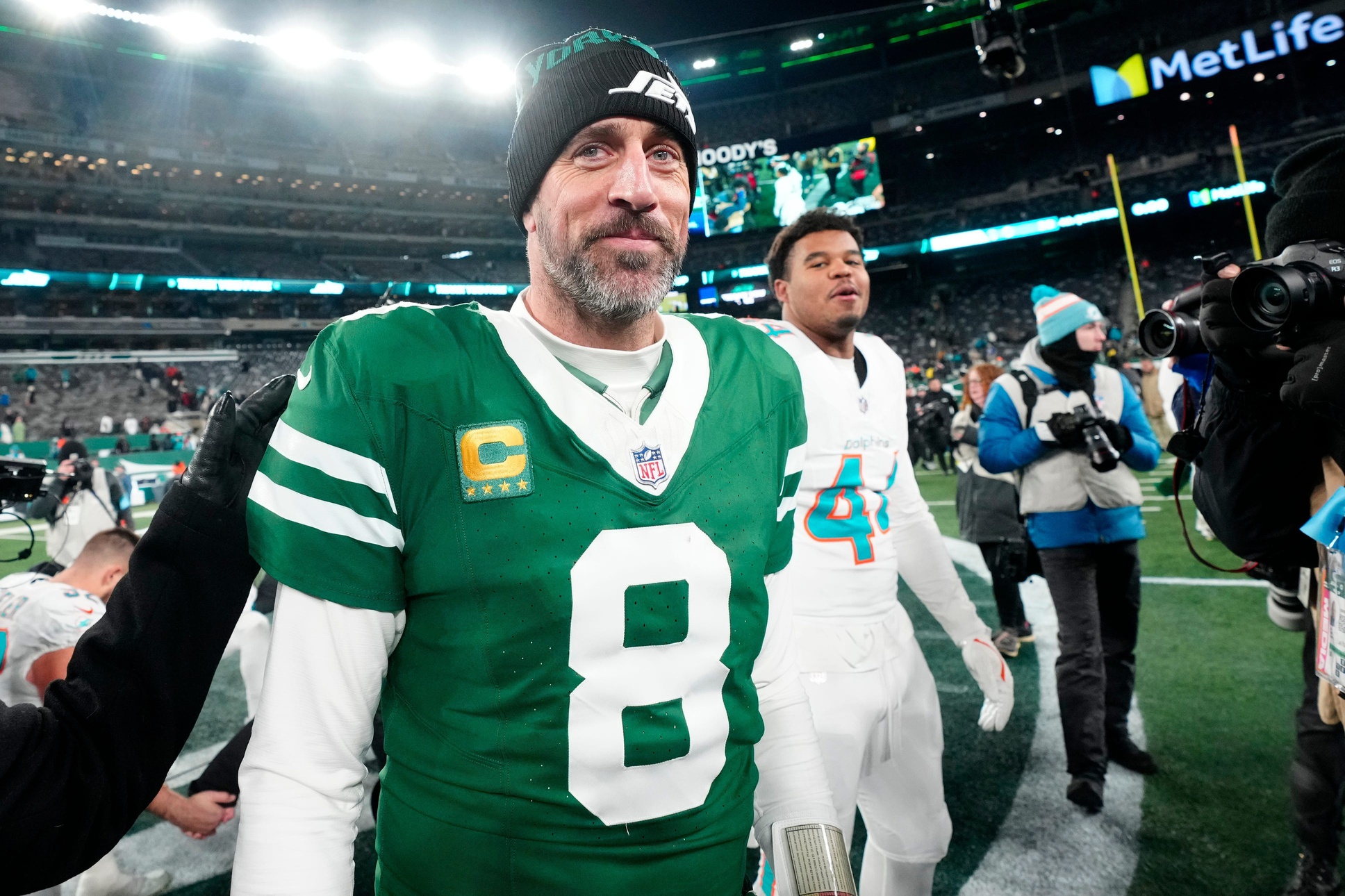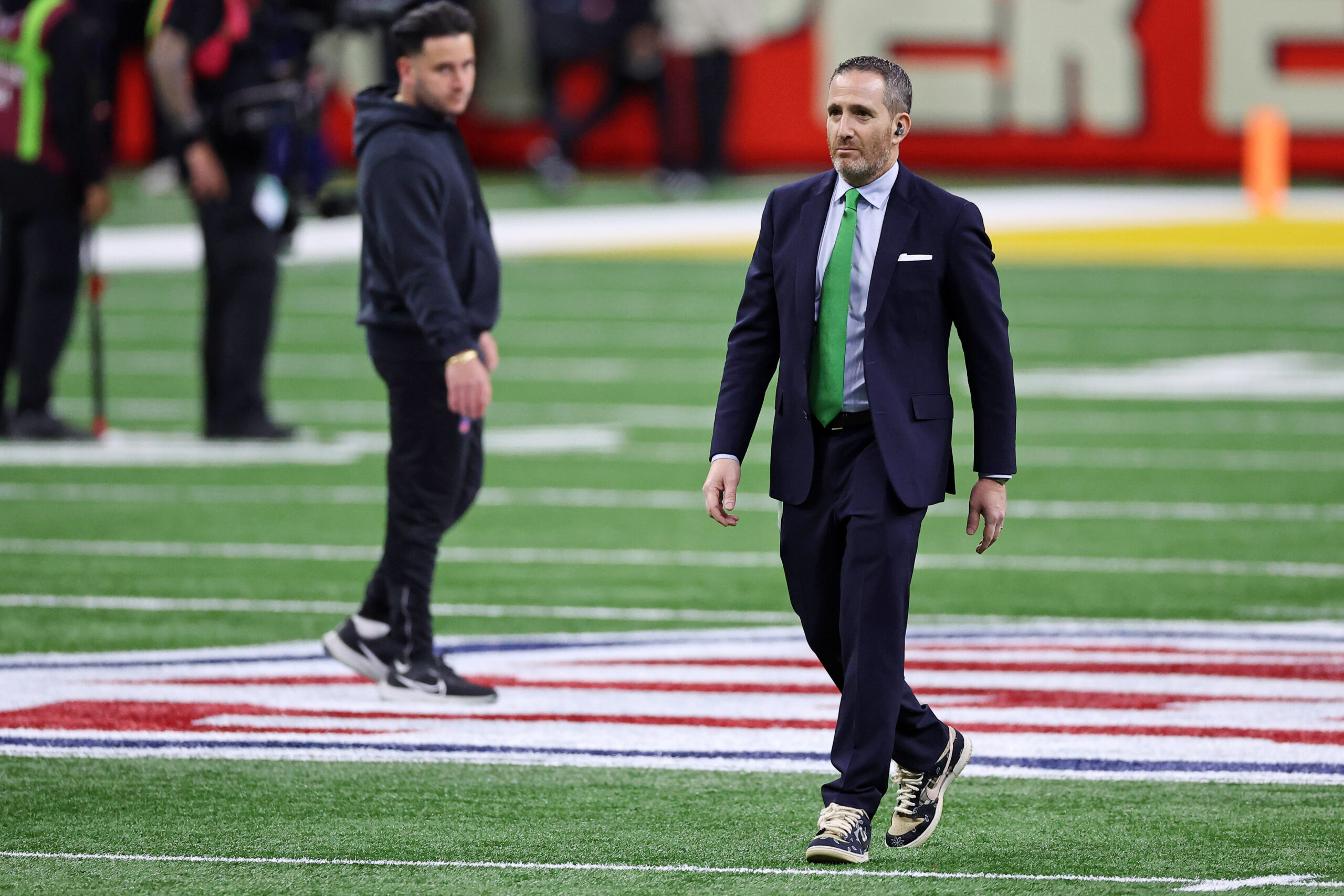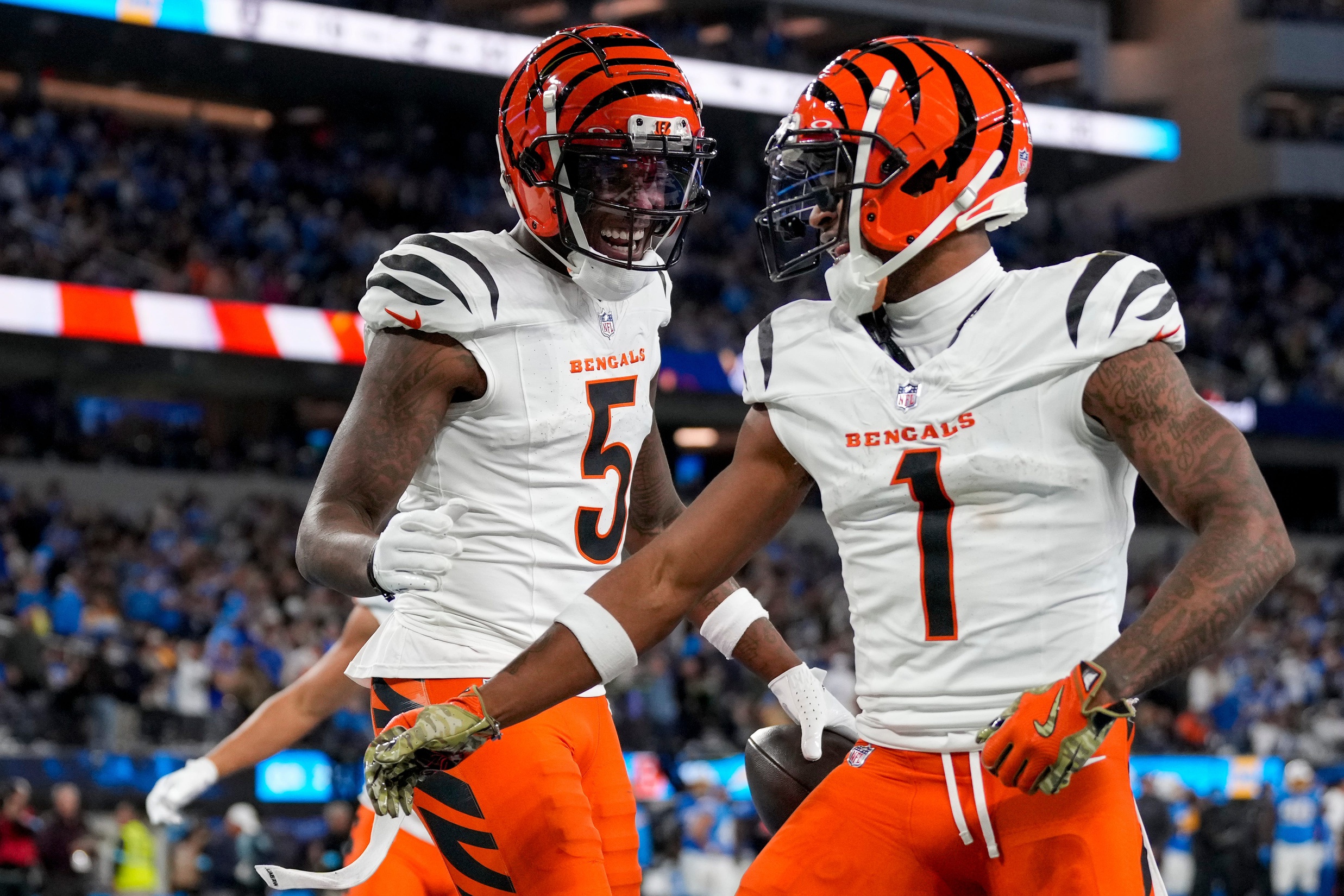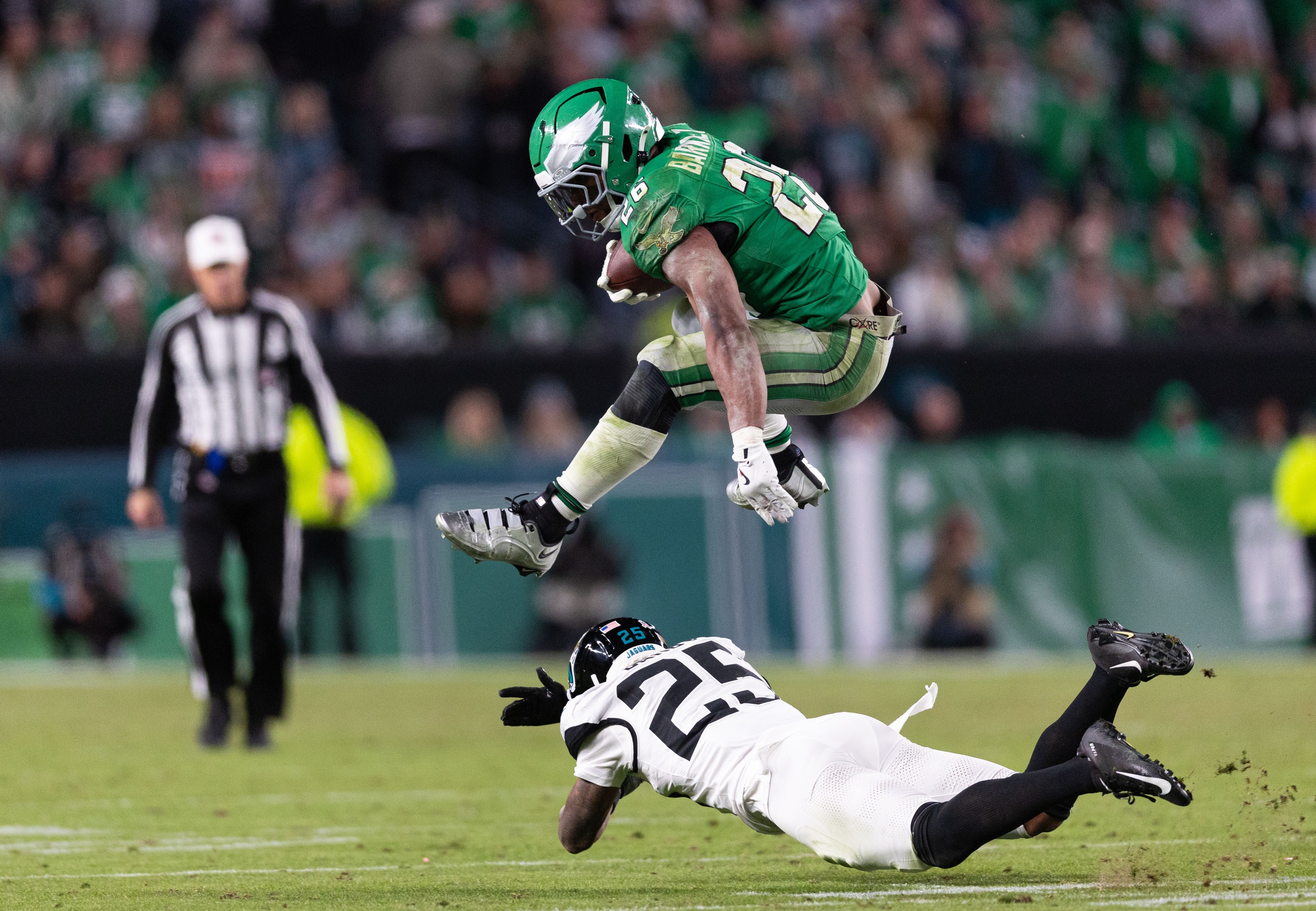Expert Analysis
11/1/24
5 min read
Why the NFL Running Back Market is Finally Correcting in 2024
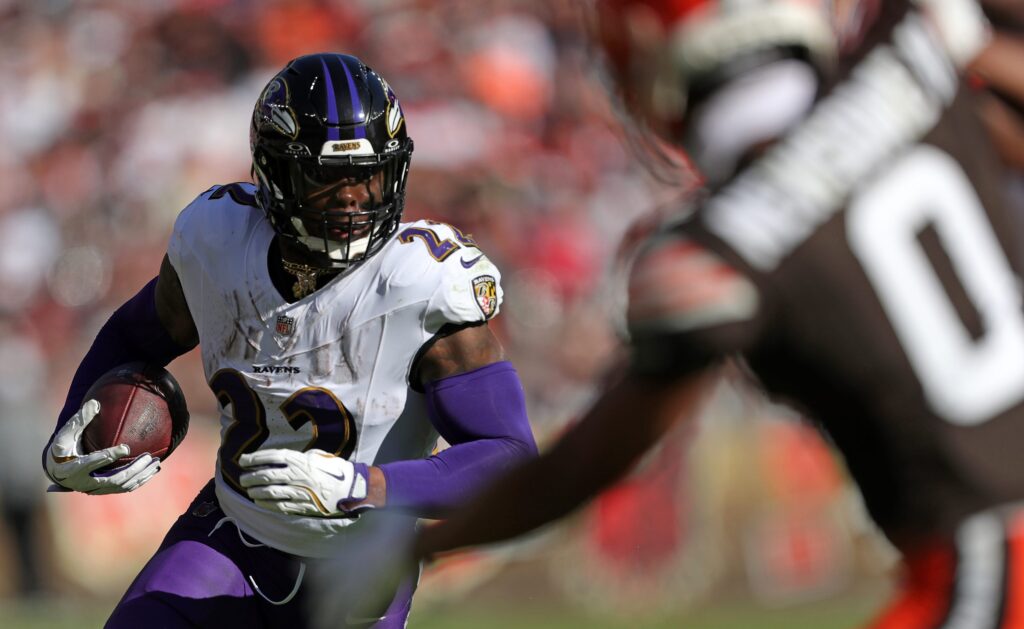
Is 2024 the “Year of the Running Back” in the NFL? While I don’t know if I would go quite that far, there is no question that running backs have been a significant part of the storyline this season.
In particular, two facets of their success have resonated with me, front-office executives, and coaches around the NFL: Running back's value relative to their compensation and the age and experience of many of the league's most productive backs.
In recent years, a narrative regarding running backs had emerged to the point that it felt like a consensus had been decided regarding their fate. The NFL had seemingly decided that running backs were fungible and that it didn’t make sense to pay them significant money on second or third contracts when you could simply draft a younger, cheaper, healthier alternative at one of the most physically grueling and thus injury-riddled positions in the sport.
The free agent market became so grim in 2023 that there was even talk of running backs having their own union. Even if that was never realistic, the concern among backs and their agents was enough that they had a conference call to discuss their options as a position group.
In fairness to the decision makers around the league, there had been a rash of second contracts among star running backs like Todd Gurley, David Johnson, Ezekiel Elliott, and others that had worked out horribly for their respective teams, handing out big dollars and guarantees in exchange for little production.
The market for running backs had become so bad that some teams started to realize that the position's difference-makers had become undervalued. When free agency started, they decided to pounce.
Correcting The Market
This dichotomy between some teams zigging while others zagged was captured on video as Giants general manager Joe Schoen made it clear in conversations with owner John Mara on Hard Knocks that he did not value Saquon Barkley at the level the running back wanted.
The Eagles, of course, felt differently and gave Barkley a three-year deal that guaranteed him $26 million and averaged out to a little more than $12.5 million per season.
Barkley has been a difference maker for the 5-2 Eagles this year, averaging almost six yards per carry, and he is second in the NFL in rushing yards with 766.
Barkley is doing this in Year 7 in the NFL. At a time when most people expect runners like Barkley to start to decline, he is as explosive as ever, as evidenced by some of the speeds he has hit via the NFL’s GPS tracking data. Barkley reached a top speed of 21.93 MPH on a 55-yard run against the Giants, the third-fastest top speed for any player this season.
It’s wild when you consider the numbers, and thus, Barkley's value to the Eagles this year, compared to the production and salaries of some of the receivers in the league.
Barkley makes 53 percent of what Colts WR Michael Pittman earns annually. Barkley makes $10 million less per year than Titans WR Calvin Ridley. Heck, Barkley makes more than $7 million less than an average No. 2 wide receiver like Brandin Cooks.
The numbers don’t make sense, and the dichotomy is stunning.
The market was and probably still is wrong and in need of correction, and the Eagles were one of the first teams to correctly identify that via their pursuit of Barkley. That said, they weren’t the only ones.
Derrick Henry is the most remarkable example of the value and production at that position for an older player.
The Ravens star and sure-fire Hall of Famer leads the NFL in almost every rushing category at age 30. He is doing it for $8 million a year, which means he makes 33 percent of what receivers like DK Metcalf and Texans Nico Collins make.
Both of those players were injured and didn’t play in Week 8, which is ironic considering one of the significant concerns with older backs like Henry is the injury risk. Yet, Henry is out here carrying the Ravens offense to the point where they are the best in the league for pennies on the dollar that Metcalf and Collins made last week watching from the bench.
Who's Next?
Look around, and you will see it’s not just Barkley or Henry. There’s a reason why the Saints just gave their star running back, Alvin Kamara, a two-year contract extension that represents his third contract with the franchise.
Or that the Packers pounced on the chance to give Josh Jacobs a deal that pays him $12 million per year on a second contract after five years with the Raiders. Or even the Texans getting tremendous value at $8.5 million per year out of Joe Mixon on his third NFL contract. What about James Conner and his impact on the Cardinals this season at age 29 in his eighth NFL season?
While Barkley and Henry are certainly the headliners, “older” backs like Kamara, Jacobs, Mixon, and Conner are all in the top 13 in the NFL in rushing with more than 500 yards already.
The point is that the narratives regarding running backs as they relate to their age and value have gone way overboard, and the guys mentioned above and others have proven that so far this year. It will be fascinating to watch how they fare the rest of the season and what it means for their market in the offseason.


